
GNOME Web, called Epiphany until 2012 and still known by that code name, is a free and open-source web browser based on the GTK port of Apple's WebKit rendering engine, called WebKitGTK. It is developed by the GNOME project for Unix-like systems. It is the default and official web browser of GNOME, and part of the GNOME Core Applications.

gedit is a text editor designed for the GNOME desktop environment. It was GNOME's default text editor and part of the GNOME Core Applications until GNOME version 42 in March 2022, which changed the default text editor to GNOME Text Editor. Designed as a general-purpose text editor, gedit emphasizes simplicity and ease of use, with a clean and simple GUI, according to the philosophy of the GNOME project. It includes tools for editing source code and structured text such as markup languages.
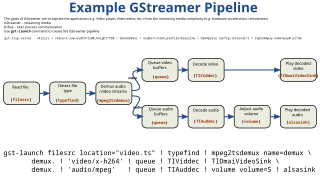
GStreamer is a pipeline-based multimedia framework that links together a wide variety of media processing systems to complete complex workflows. For instance, GStreamer can be used to build a system that reads files in one format, processes them, and exports them in another. The formats and processes can be changed in a plug and play fashion.
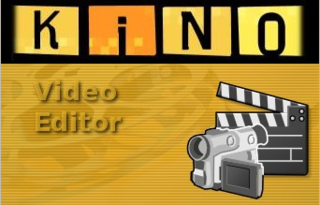
Kino is a discontinued free software GTK+-based video editing software application for Linux and other Unix-like operating systems. The development of Kino was started at the end of 2000 by Dan Dennedy and Arne Schirmacher. The project's aim was: "Easy and reliable DV editing for the Linux desktop with export to many usable formats." The program supported many basic and detailed audio/video editing and assembling tasks.

Xubuntu is a Canonical Ltd.–recognized, community-maintained derivative of the Ubuntu operating system. The name Xubuntu is a portmanteau of Xfce and Ubuntu, as it uses the Xfce desktop environment, instead of Ubuntu's customized GNOME desktop.
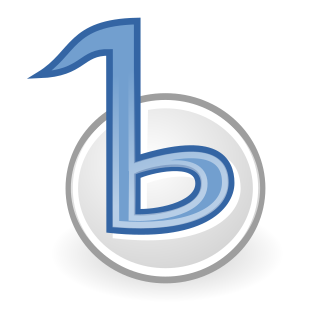
Banshee is a cross-platform open-source media player, called Sonance until 2005. Built upon Mono and Gtk#, it used the GStreamer multimedia platform for encoding, and decoding various media formats, including Ogg Vorbis, MP3 and FLAC. Banshee can play and import audio CDs and supports many portable media players, including Apple's iPod, Android devices and Creative's ZEN players. Other features include Last.fm integration, album artwork fetching, smart playlists and podcast support. Banshee is released under the terms of the MIT License. Stable versions are available for many Linux distributions, as well as a beta preview for OS X and an alpha preview for Windows.
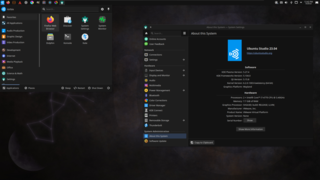
Ubuntu Studio is a recognized flavor of the Ubuntu Linux distribution, which is geared to general multimedia production. The original version, based on Ubuntu 7.04, was released on 10 May 2007.
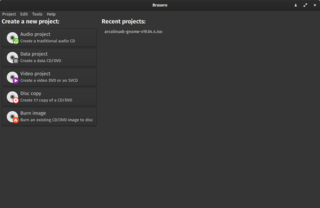
Brasero is a free and open-source disc-burning program for Unix-like operating systems, it serves as a graphical front-end to cdrtools, cdrskin, growisofs, and (optionally) libburn. Licensed under the terms of the GNU General Public License.
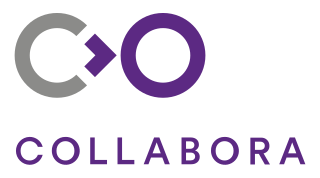
Collabora is a global private company headquartered in Cambridge, United Kingdom, with offices in Cambridge and Montreal. It provides open-source consultancy, training and products to companies.

Buzztrax is a free software project designed to create a clone of the Buzz music composer. Its functionality is to preserve the playability of the compositions made with Buzz. Songs are made by adding virtual sound generators and effects, connecting them, recording short musical phrases and arranging them in the sequencer. For distribution, songs can be exported to common audio formats such as OGG, MP3, WAV and many others.

Ubuntu releases are made semiannually by Canonical Ltd, the developers of the Ubuntu operating system, using the year and month of the release as a version number. The first Ubuntu release, for example, was Ubuntu 4.10 and was released on 20 October 2004. Consequently, version numbers for future versions are provisional; if the release is delayed until a different month to that planned, the version number will change accordingly.

Shotwell is an image organizer designed to provide personal photo management for the GNOME desktop environment. In 2010, it replaced F-Spot as the standard image tool for several GNOME-based Linux distributions, including Fedora in version 13 and Ubuntu in its 10.10 Maverick Meerkat release.

Unity is a graphical shell for the GNOME desktop environment originally developed by Canonical Ltd. for its Ubuntu operating system. It debuted in 2010 in the netbook edition of Ubuntu 10.10. Since 2017, its development was taken over by the Unity7 Maintainers (Unity7) and UBports.

Cinnamon is a free and open-source desktop environment for Linux and Unix-like operating systems, deriving from GNOME 3 but following traditional desktop metaphor conventions.

Ubuntu Budgie is an official community flavor of Ubuntu. It combines the Ubuntu-based system with the independently developed Budgie desktop environment.

PipeWire is a server for handling audio, video streams, and hardware on Linux. It was created by Wim Taymans at Red Hat. It handles multimedia routing and pipeline processing.

Collabora Online is an open source online office suite built on LibreOffice Technology, enabling Web based collaborative real-time editing of word processing documents, spreadsheets, presentations, and vector graphics. Optional apps are available for desktops, laptops, tablets, smartphones and Chromebooks.
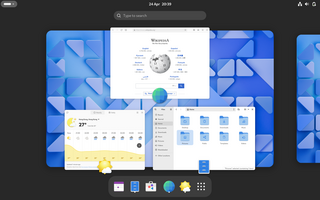
Adwaita is the design language of the GNOME desktop environment. As an implementation, it exists as the default theme and icon set of the GNOME Shell and Phosh, and as widgets for applications targeting usage in GNOME. Adwaita first appeared in 2011 with the release of GNOME 3.0 as a replacement for the design principles used in Clearlooks, and with incremental modernization and refinements, continues with current version releases.


















